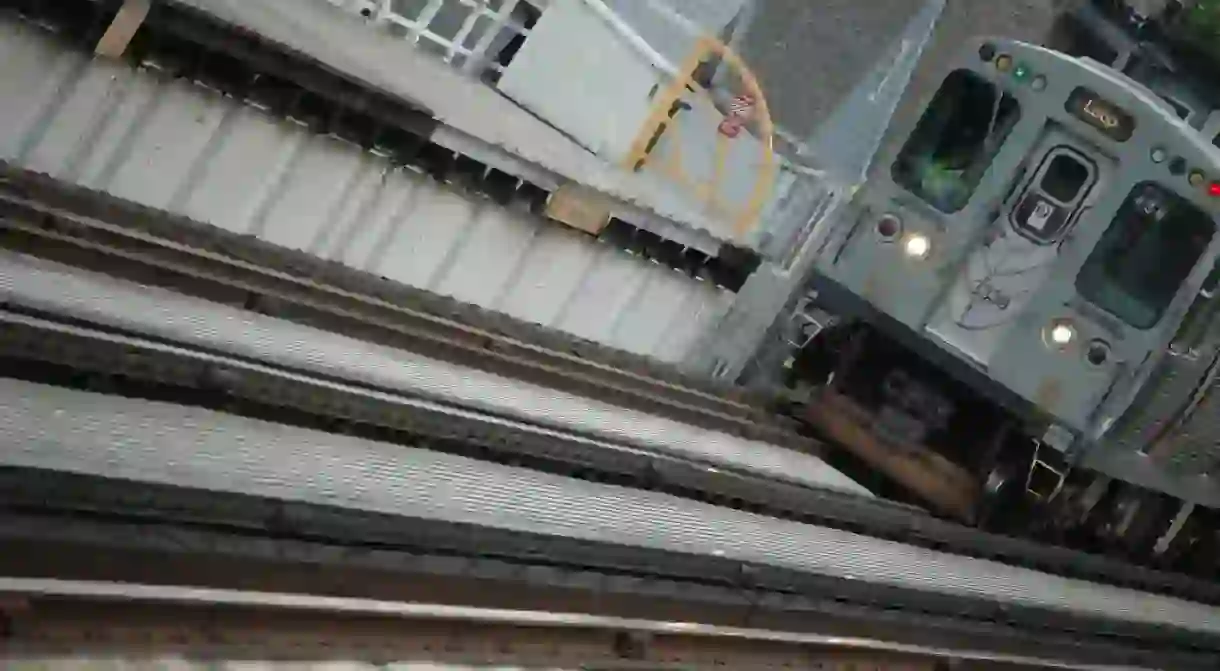Here's Why Downtown Chicago Is Called "the Loop"

Ever wondered why the downtown area of Chicago is referred to as the Loop? You’re not the only one, but don’t feel bad for not knowing as, much like Chicago’s nickname, the Windy City, historians don’t entirely agree upon the origin of the name either.
As one of Chicago’s 77 neighborhoods, what is now called the Loop is bordered by the Chicago River to the north and west, the lake to the east, and Roosevelt Rd to the south. However, this border is not referring to the loop.
The commonly held belief is that the loops that gave the area its name were those of the city’s cable cars, whose lines ended by looping around several blocks to allow the cars to turn around. That would place the name as originating in the 1880s; however, in researching his book The “L” : The Development of Chicago’s Rapid Transit System, 1888–1932, historian Bruce Moffat claims that despite the cable car loops, there is no evidence of the name being used as a noun until the arrival of elevated train lines.

The first elevated train line was installed in 1892 on the south side, and a loop of lines downtown began with the Lake Street section in 1895—completed in 1897. That loop of 5th Avenue (now Wells Street), Van Buren Street, Wabash Avenue and Lake Street was known as the Union Loop because of the Union Elevated Railroad company that operated it. Moffat asserts that only then did the Loop name come into use.

The “L” system loop remains the same today, consisting of the Brown, Orange, Green, Pink, and Purple lines, and because of that, it’s the most common answer people give when asked about the origins of the Loop name. Whether it was cable cars or elevated trains that gave downtown Chicago’s its moniker, it’s another case of a Chicago nickname sticking around a lot longer than the story behind it.













